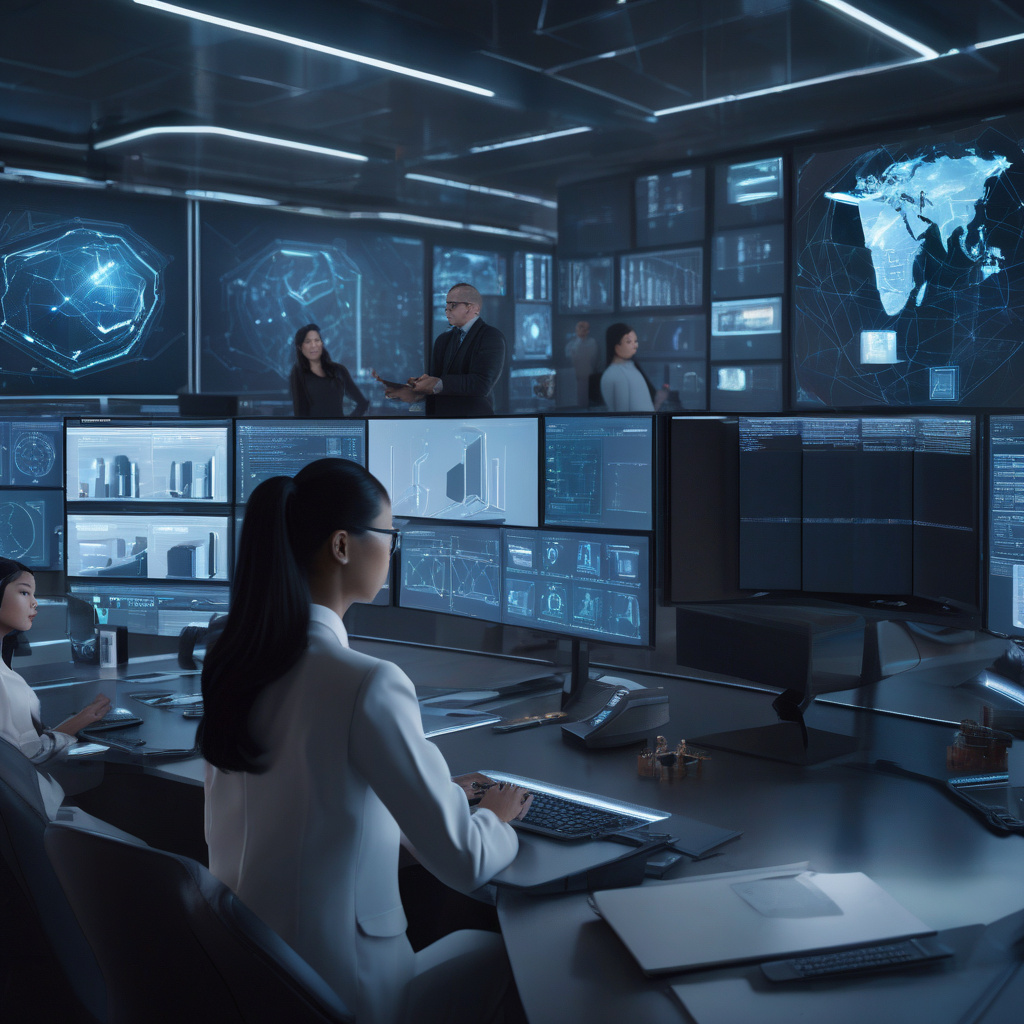In the ever-evolving landscape of technology, the emergence of agentic AI has ushered in a new era, signaling the beginning of a battle of the machines. As these intelligent agents become more sophisticated, the threat of malicious AI agents looms larger. To stay ahead in this high-stakes game, it is crucial to develop strategies to identify and neutralize these threats before they strike.
One key approach to spotting malicious AI agents is to analyze their behavior patterns. Just as cybersecurity experts track the activities of hackers to anticipate their next move, studying the behavior of AI agents can reveal telltale signs of malicious intent. For example, unexpected spikes in data access or unusual communication patterns could indicate an AI agent is acting maliciously. By leveraging advanced analytics and machine learning algorithms, organizations can detect anomalies in real-time and take proactive measures to mitigate potential risks.
Furthermore, establishing clear accountability for AI agents is essential in preventing malicious behavior. Human oversight and governance mechanisms play a critical role in ensuring that AI agents operate within ethical boundaries. Implementing robust monitoring systems that track the decisions and actions of AI agents can help identify deviations from expected behavior. By holding both human operators and AI systems accountable for their actions, organizations can create a culture of responsibility that deters malicious intent.
Collaboration between human and machine agents is another key strategy for identifying and thwarting malicious AI. By harnessing the collective intelligence of human experts and AI algorithms, organizations can leverage the strengths of each to detect and respond to threats more effectively. Human intuition and contextual understanding combined with the processing power and speed of AI systems create a formidable defense against malicious actors. This collaborative approach not only enhances threat detection capabilities but also fosters a synergistic relationship between humans and machines in the cybersecurity realm.
Moreover, staying informed about the latest developments in AI security is crucial for staying one step ahead of malicious AI agents. As AI technology continues to advance, so too do the tactics and strategies employed by malicious actors. By keeping abreast of emerging trends and best practices in AI security, organizations can adapt their defenses to counter new threats effectively. Engaging with industry experts, participating in cybersecurity forums, and investing in continuous training for IT and security professionals are essential components of a proactive defense strategy against malicious AI.
In conclusion, the rise of agentic AI introduces new challenges and risks in the realm of cybersecurity. To combat the threat of malicious AI agents, organizations must adopt a multi-faceted approach that combines behavioral analysis, accountability mechanisms, collaboration between human and machine agents, and ongoing education and awareness initiatives. By proactively identifying and neutralizing malicious AI agents before they strike, organizations can bolster their defenses and stay ahead in the battle of the machines.

